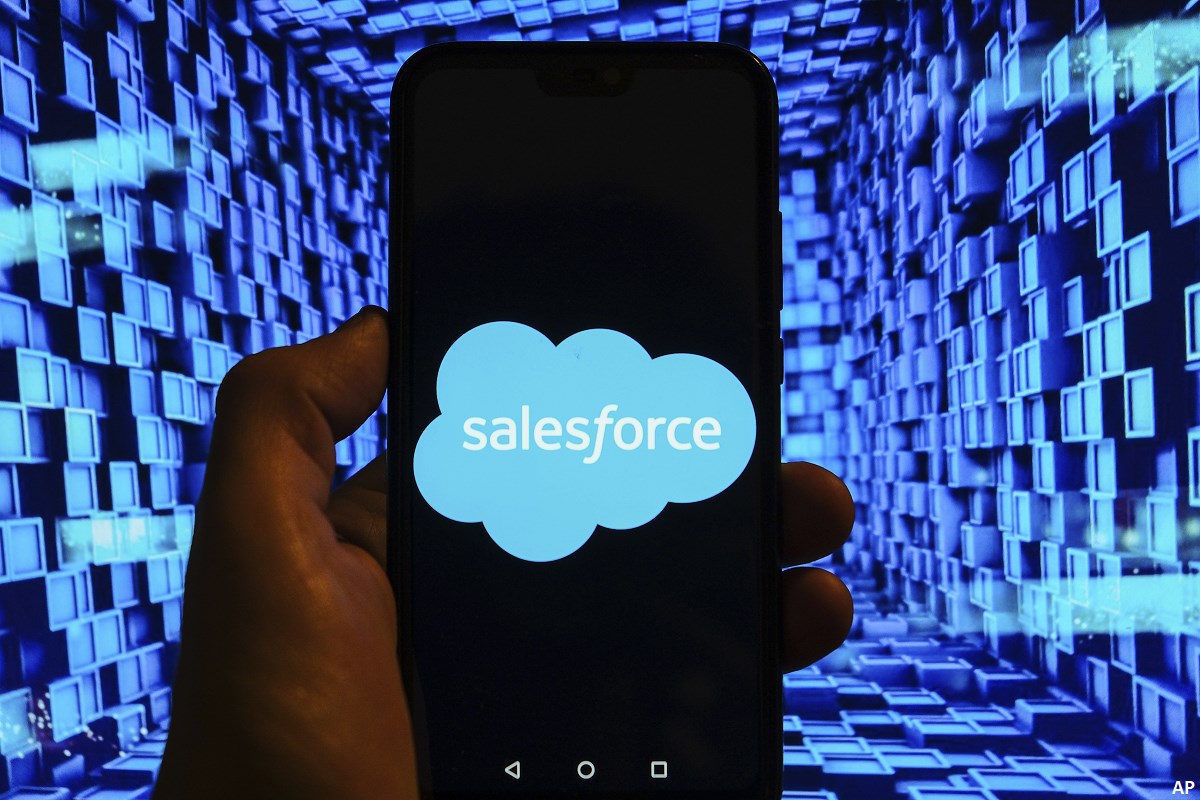TRANSCRIPT
Jeremy Glaser: For Morningstar, I'm Jeremy Glaser. On Morningstar.com this week, we're helping investors decide if they should be active, passive, or choose something in-between. I'm here with Matt Coffina--he's the editor of Morningstar StockInvestor newsletter--for why he thinks active management can make sense at some times.
Matt, thanks for joining me.
Matt Coffina: Thanks for having me, Jeremy.
Glaser: So, Matt, when it make sense to think about active management--to pursue an active strategy versus an indexed one?
Coffina: I think investors really have to have three qualities for active management to make sense for them. First and foremost, you need to be very disciplined. You need to not be the kind of investor who chases performance, who's always going after the next hot fund or hot sector, and who's going to panic in a downturn. So, discipline is very important.
Also, patience: Often, the common reason that we invest in a company is because we think it has a wide moat--a sustainable competitive advantage that's going to last many years into the future--and because we think it's trading at a discount to its intrinsic value. But sometimes it can take years for other investors to realize that a company's intrinsic value is greater than its stock price. And so you really need to be very patient to pursue an active strategy. You need to have a long time horizon and really be willing to stick with your convictions, even if the market may be going against you.
And then the third quality is that I think active investors really need to have an interest in investing. If this wasn't my job, I would still probably be researching companies in my spare time, on the weekends and in the evenings, just because I find it really interesting to learn about businesses--learn how they work, what makes them tick, what gives one company a competitive advantage over another, and to learn how to value those businesses and to determine when they're undervalued. If that's not something that interests you--and probably 85% of people out there aren't interested in this sort of thing--then passive management, I think, is perfectly fine and acceptable. And if anything, you're likely to do more harm than good by trying to actively manage your portfolio. That said, for investors who do have these three qualities--who are interested in investing, patient, and disciplined--I think that there can be substantial rewards as we've demonstrated over time with StockInvestor's Tortoise and Hare strategies.
Glaser: So, if you do decide that active management is right for you and you're going to pick individual stocks, how do you go about doing that? How do you make sure that that's successful?
Coffina: So, our strategy--and I'm not saying that it's the only one that works. I'm certain that there are other strategies out there that have been very successful over time. But our strategy is to focus on companies with very strong competitive advantages, what we call wide economic moats, or improving competitive advantages, what we call positive moat trends. Companies also that have exemplary stewardship--management that you can really trust to look after shareholders' capital. And then [it's our strategy] to only buy these high-quality companies when they are trading at a reasonable price, which generally means they have to be trading at a discount to our estimate of those companies' fair value--a discount to intrinsic value. And the greater the uncertainty surrounding those fair value estimates, the greater the margin of safety we generally require before investing.
It's an approach that has worked very well for us. StockInvestor now has about 14 years of history under its belt. During that time, we've outperformed the S&P 500 for the combined Tortoise and Hare by about 4 percentage points per year, which over a 14-year time frame adds up actually to about 140 percentage points of cumulative outperformance. So, in other words, if you had invested $100,000 in an S&P 500 index fund at our inception 14 years ago, you would have about $140,000 less today than if you had followed our strategy.
Glaser: So, you talk about looking for companies that have great competitive advantages. How do you find those? How do you look for companies with wide economic moats?
Coffina: So, there are a few sources of an economic moat. We look for things like a cost advantage: Does a company have a cost structure that's sustainably lower than its competitors and that competitors just can't match? [We look for] intangible-asset advantages. For example, brands or patents--things like that to keep competitors at bay. Switching costs: Sometimes it's very difficult for customers to switch to a competitor's products. You could think of, for example, software that's very deeply embedded in a business' operations, and so on. There are five sources of an economic moat along these lines, and that's the first thing that we look for from a qualitative standpoint.
And then from a quantitative standpoint, if we think there is a competitive advantage for a given company, we try to back that up by looking for returns on invested capital as well as other metrics--operating margins relative to peers, revenue growth relative to peers. But really, returns on invested capital in excess of a company's cost of capital is the gold standard for determining if a company has an economic moat. So, if a company can take a dollar of invested capital and their cost of capital is, say, 10% and they can earn a 15% return on that dollar, then that's going to create shareholder value over time. And if investors don't realize that and it's not being priced into the stock price--and hopefully over time that company can continually compound that value as it's investing more and more capital at higher rates of return--that can create a very powerful engine for shareholder-value creation over time.
Glaser: Price is an important component, then. How do you know you're not paying too much?
Coffina: It's very challenging. I think it requires a lot of judgment. It requires being very familiar with a company as well as its competitors. Morningstar employs about 100 analysts to cover about 1,500 global companies. So, it's definitely not a task that we take lightly. We build discounted cash flow models for each of those companies. We are constantly updating our assumptions as new information comes in. We've seen, recently, the dramatic change in oil prices, for example. Currencies have been all over the place.
Economic growth rates have been fluctuating globally. So, there's always a flood of new information, not to mention company-specific information--companies filing quarterly earnings reports. Is their growth better than you expected? Worse than you expected? Are margins improving or are they contracting? What do returns on capital look like? Is the company investing more than you thought it would be? So, there are so many things that go into valuing a company.
It's definitely not for the faint of heart or for someone who's not passionate about it, but we love this kind of stuff. And again, we employ 100 analysts to help work on this. And we're certainly not right all the time, but we do our best and we're constantly refining our assumptions and trying to get better at understanding how a company generates free cash flow over time and what that means for its intrinsic value.
Glaser: So, you've already narrowed the universe down by moat. You're looking for things that are well priced, so that could be a small subset of stocks. Particularly in an overvalued market, how do you think about holding a portfolio, then, if you're not finding anything to buy?
Coffina: Well, that's definitely a challenging in the current market environment. We have very few 5-star stocks. In an ideal world, I would only own wide-moat 5-star stocks, but very few high-quality companies are trading at material discounts to fair value. Fortunately, we are not quite in a situation where everything is massively overvalued. As of the end of last month, our Tortoise portfolio is trading at about a 5% discount to fair value on average; the Hare portfolio is trading at about a 10% discount. And also, fortunately, over time, our companies are compounding their intrinsic value.
So, again, they're generating earnings; they are reinvesting those earnings at relatively high rates of return. They are returning cash to shareholders through dividends and share purchases. And all of this is building intrinsic value over time--such that when you hold even a fairly valued stock, if it's a high-quality company that's creating value over time, time is really on your side. The longer you wait, the more intrinsic value will tend to increase, earnings tend to increase, and dividends tend to increase. And so given enough time, companies can start to look attractively valued again. But you definitely have to be choosy in a market like this. I think you want to be especially careful about taking on too much risk--in taking on too much cyclical exposure, for example, without being adequately rewarded with a sufficient margin of safety.
So, in a market like we have today, I would say, if anything, I'm leaning more and more on the conservative side and I'm even willing to hold cash if it comes to it; that's sort of our default option. If we can't find enough companies with attractive risk/reward trade-offs, then we'll just hold cash. Ideally, I would be fully invested, but in the current market environment, we don't really have that many options. So, inevitably, that does lead to building up cash, but also just looking harder and harder for those opportunities that are out there.
Glaser: Matt, thanks for your take on this today.
Coffina: Thanks for having me, Jeremy.
Glaser: For Morningstar, I'm Jeremy Glaser. Thanks for watching.




















